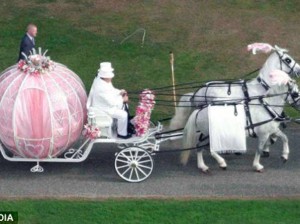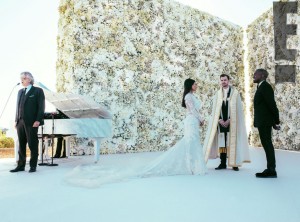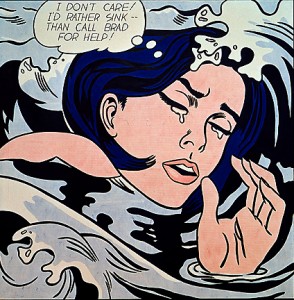In this weeks lectorial Dan Binns talked to us about the nature of remixing media and how in todays society it is omnipresent. Remixing has become a part of popuar culture, and one of the ways in which Dan explained the concept of remixing original work to create new work to us, was DJs.
The term DJ comes from the nickname ‘Disc Jockey’ given to those who would play and introduce the songs on the radio. As time progressed the DJs became more proficient at changing songs and eventually developed techniques for smoother transitions between songs. DJs were invited to play music at clubs and private parties, and soon the art took on a life of its own with the invention of the twin turntable system, allowing the seemless transition between tracks, familiarly used in the disco era as pretty much every song had the same base line and therefore created a smooth transition between each song. As technology developed to produce better quality sound for records, DJs quickly adopted it for themselves, and this ‘tradition’ of sorts continues today as our DJs have become something entirely different to a ‘Disc Jockey’, they have become artists in their own right taking inspiration and samples from other artists works to create entirely new pieces of music.
However, in the era of consdtant entertainment and visual stimuli, a new form of ‘Jockey’ has come into popularity – the VJ. “In the 80’s and 90’s, the term “VJ” was popularly considered the video version of radio “Disc Jockeys,” the person who introduced the next song on television.
In the late 90’s and early 2000’s, as the world of DJing evolved beyond simple curation of music with specializations like scratching, sampling, remixing and the like, so have VJs expanded their set of tools and techniques for live performance and production.
Today someone who is a VJ might appear to be something more akin to a video instrumentalist or visualist, someone who creates and manipulates images in ways similar to how a modern musician works with sound.” (Lublin, 2014)
VJs are artists “capable of bridging the worlds of preproduction, live performance and post production.” (Lublin, 2014). The artistic techniques and effects used by VJs are those reminiscent of and similar to “early film special effects and avant garde video artists from the 60’s and 70’s.” (Lublin, 2014).
Over time just as different remix genres were created in the music industry, different sub-genres of VJing were created as well (Lublin, 2014). Some of the most common sub-genres are:
- “Show Visuals”
Sufjan Stevens / Age of Adz in Prospect Park with visuals by CandyStations.
- “Media Remixing”
Eclectic Method who remixed 50 years of Doctor Who for the BBC.
- “Live Cinema”
The Light Surgeons, Super Everything*
- “Set Design”
New Creatures – Red Bull Murals: “A Heros Journey”
- “Interactive Installations”
Syfy Upfront event by LEADDOG CREATØRS
- “Film and Music Video Production”
Death Cab for Cutie, You Are a Tourist, a live shot, scripted, one-take music video shoot. Production by GoodCompany w/ Nicholas Gould.
- “Art Objects” (Lublin, 2014).
Remixing is the way of the future, creating new from old, unfortunately the ‘old’ does not believe this as it still holds on tightly to its intellectual property rights and copyright agreements, suing remixers left and right for as much cash as possible. When will human kind learn to share instead of hold onto its ‘property’ for dear life?
– Lublin, David. “VJing. WTF Is It?” Oct. 1st 2014. Available at: http://www.davidlubl.in/blog/2014/vjing-wtf-is-it









![warhol-campbellsoup[1]](https://www.mediafactory.org.au/alaine-thompson/files/2015/06/warhol-campbellsoup1-1odrss3-240x300.jpg)